Shared
-

A Cut Above: What Comma Flips Taught Me About the Small Things
When you get the small details right, your big message lands better.
-
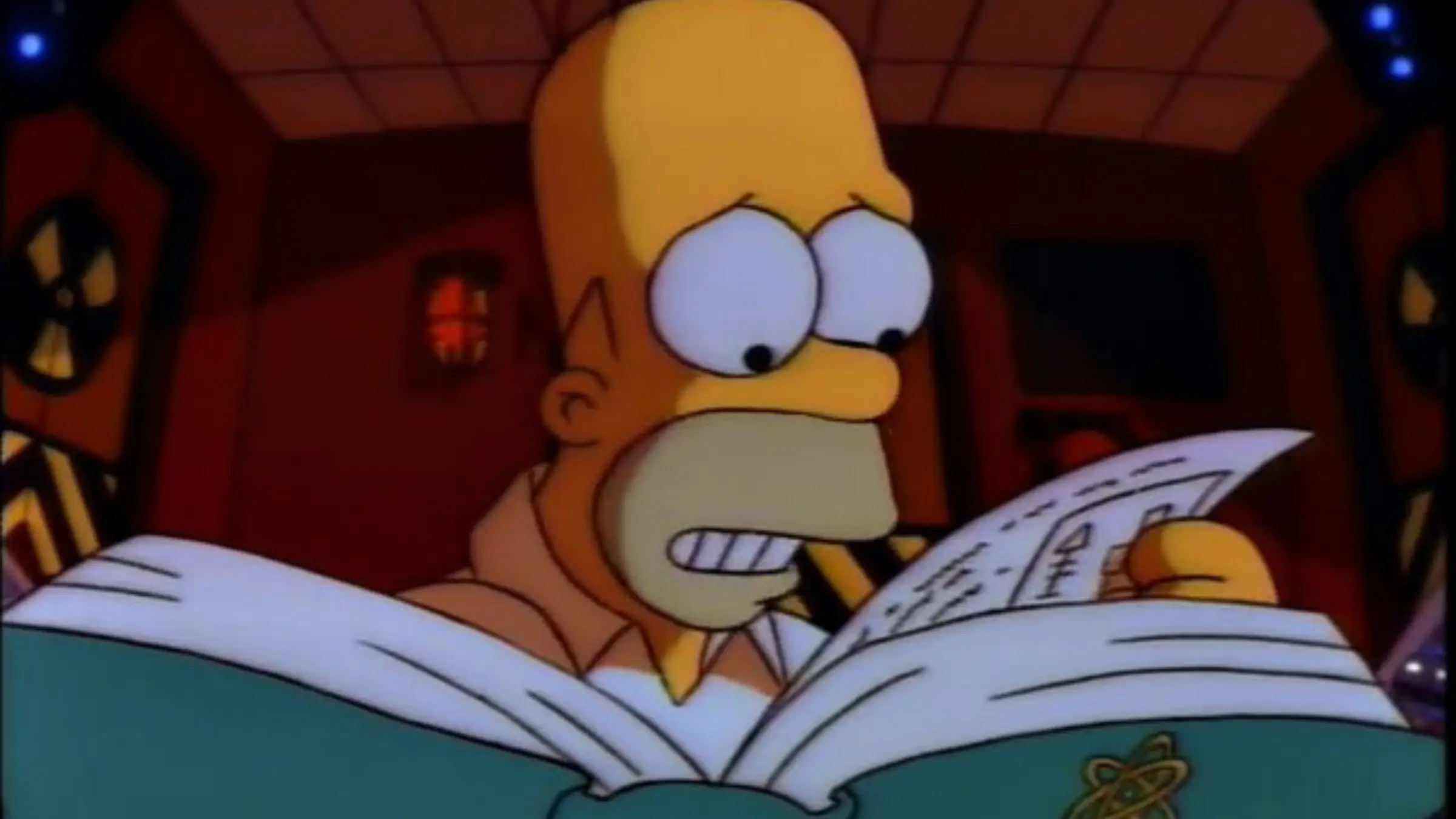
D’ohcabulary: Ten Simpsonsisms I Use All the Time
To vocabulary! The cause of, and solution to, all of life’s problems.
-
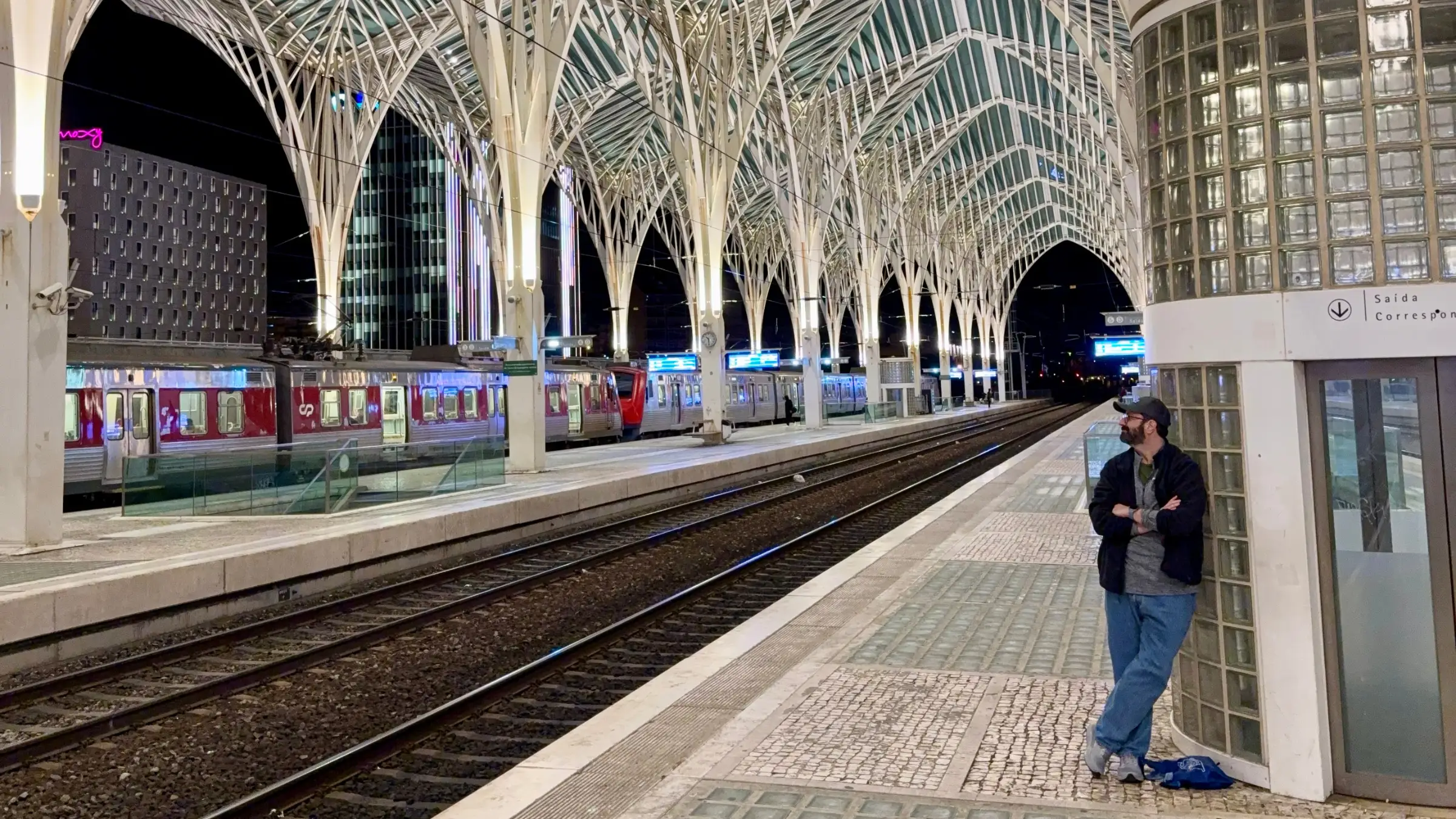
Fernando Pessoa, Creator of Indifferences
“You are no doubt asking me, within yourselves, what meaning these sentences have. Don’t make that mistake.”
-

🏳️🌈 Pride 2025 at Target: Meanness Meets Mediocrity
When it comes to LGBTQ people, Target has gone from empathetic to apathetic to just flat-out pathetic. This collection proves it.
-
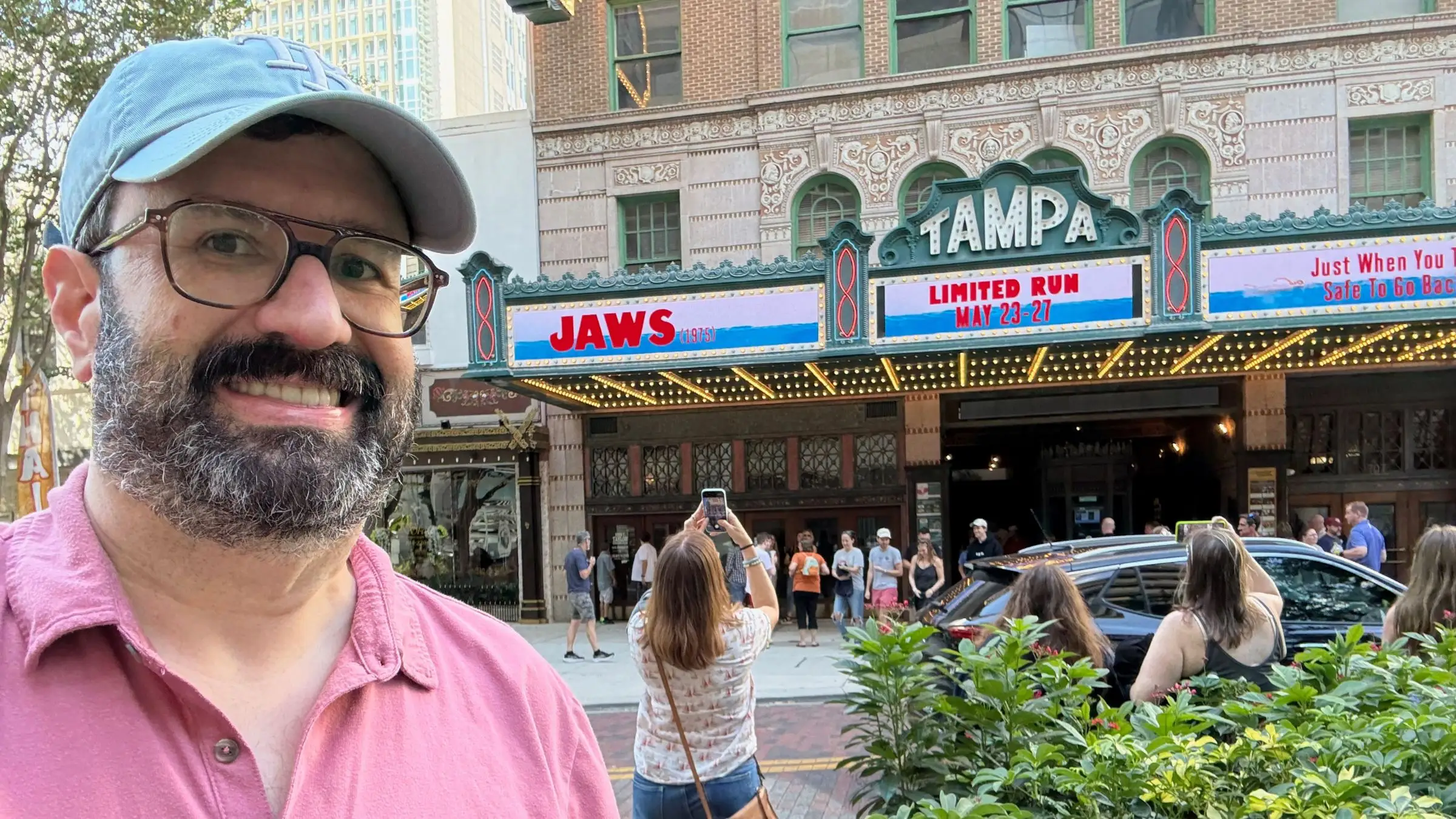
Late to the Beach Party: Seeing “Jaws” for the First Time
A gay love story? A cinematic universe? A musical? I’m gonna need a bigger blog post.
-
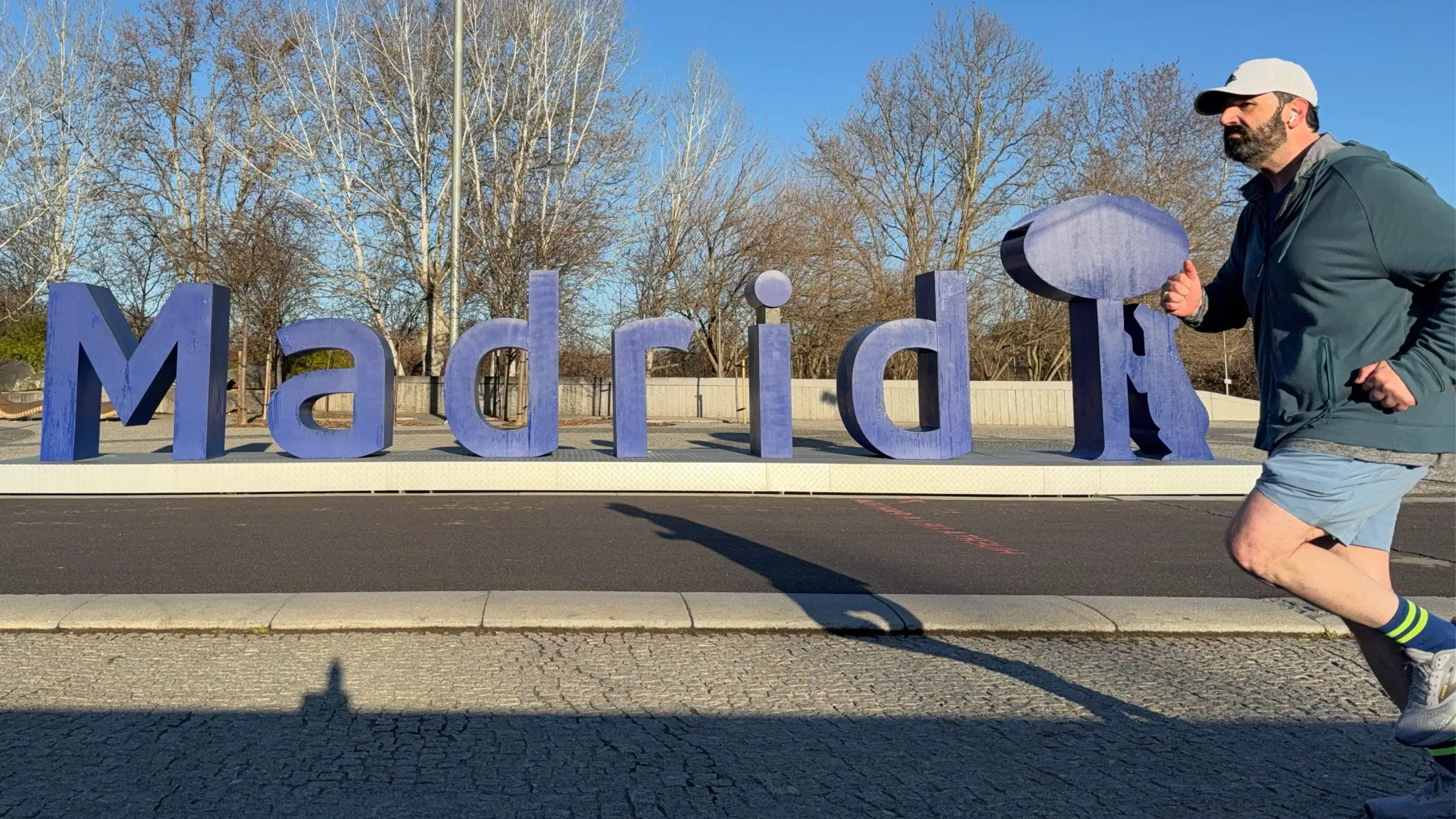
Take Me To The River
Not long ago, I wasn’t fit enough to run, and the Manzanares wasn’t fit for anyone to run along. Boy, have things changed.
-
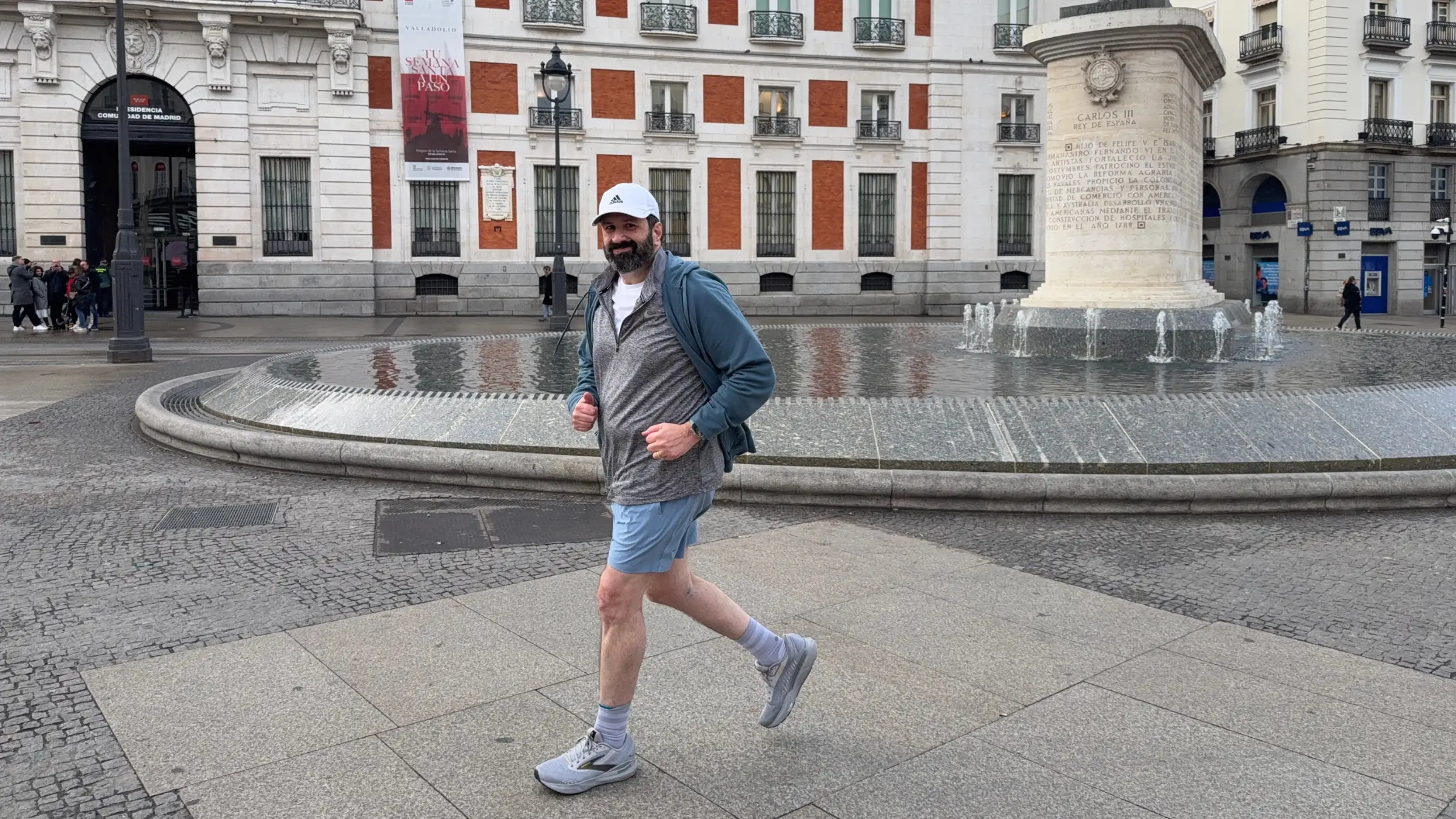
Zipping Around Madrid in My Zapatillas
The best way to experience Madrid is with running shoes on your feet—and no musical adaptions of Victor Hugo novels ringing in your ears.
-

The Man With the Golden Run
Iconic. Beautiful. World-renowned. But enough about me, let’s talk about my my sunrise run over the Golden Gate Bridge.
-
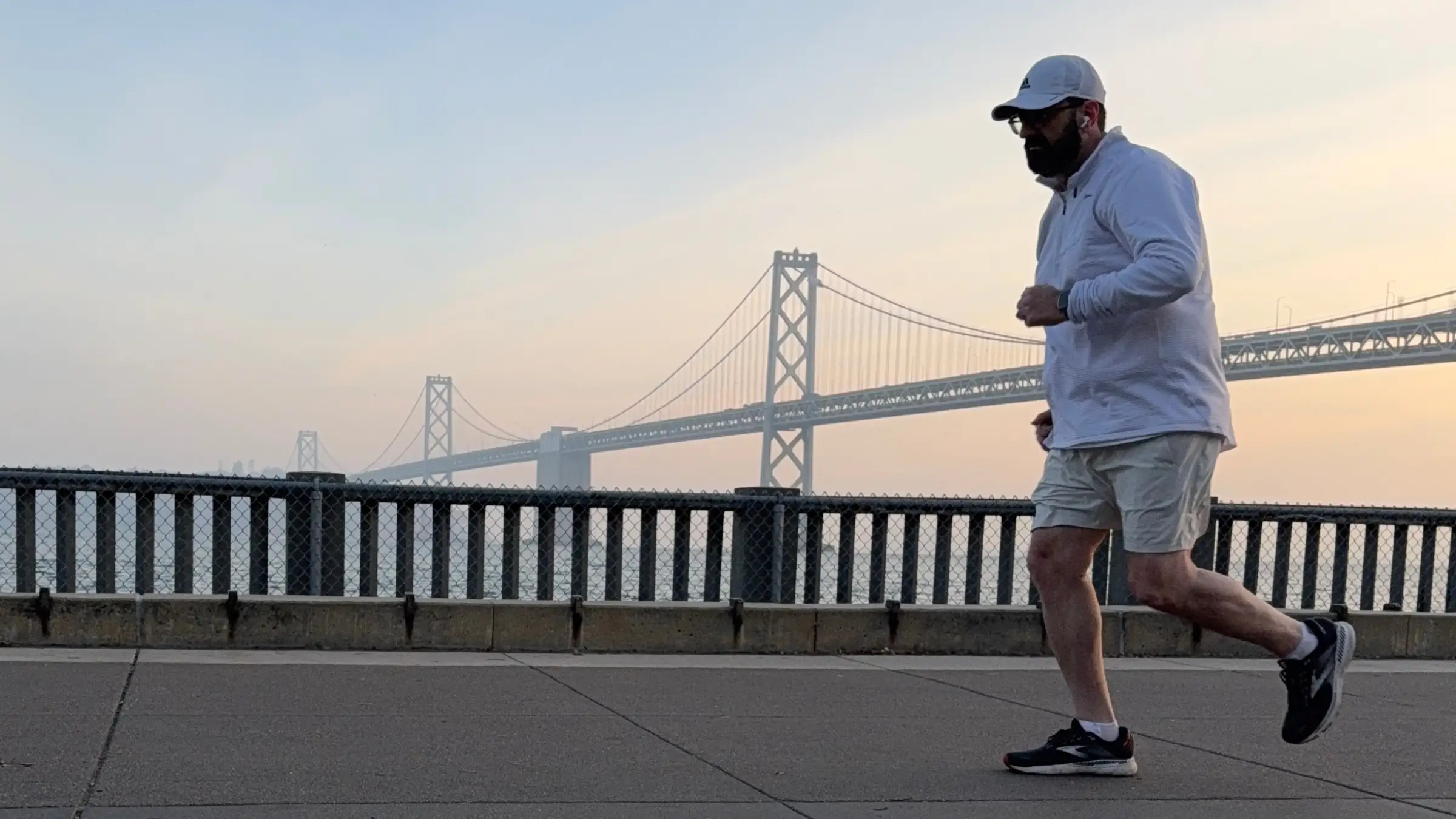
Bae to Bay
I’ve felt guilty running along San Francisco’s Embarcadero this week. It’s like cheating on Bayshore Boulevard.
-

A Hundred Spires at Sunrise: Running Through Prague
Running through Prague is a magical experience if you wake up early. I mean really, really early. No, earlier than that.
